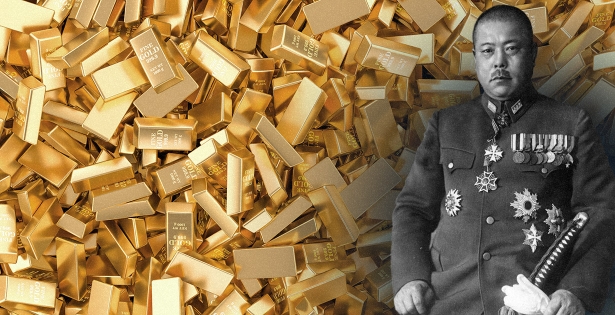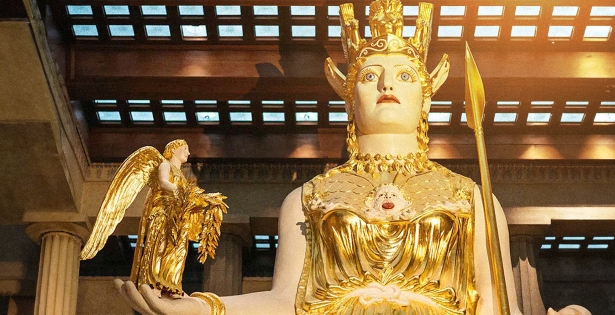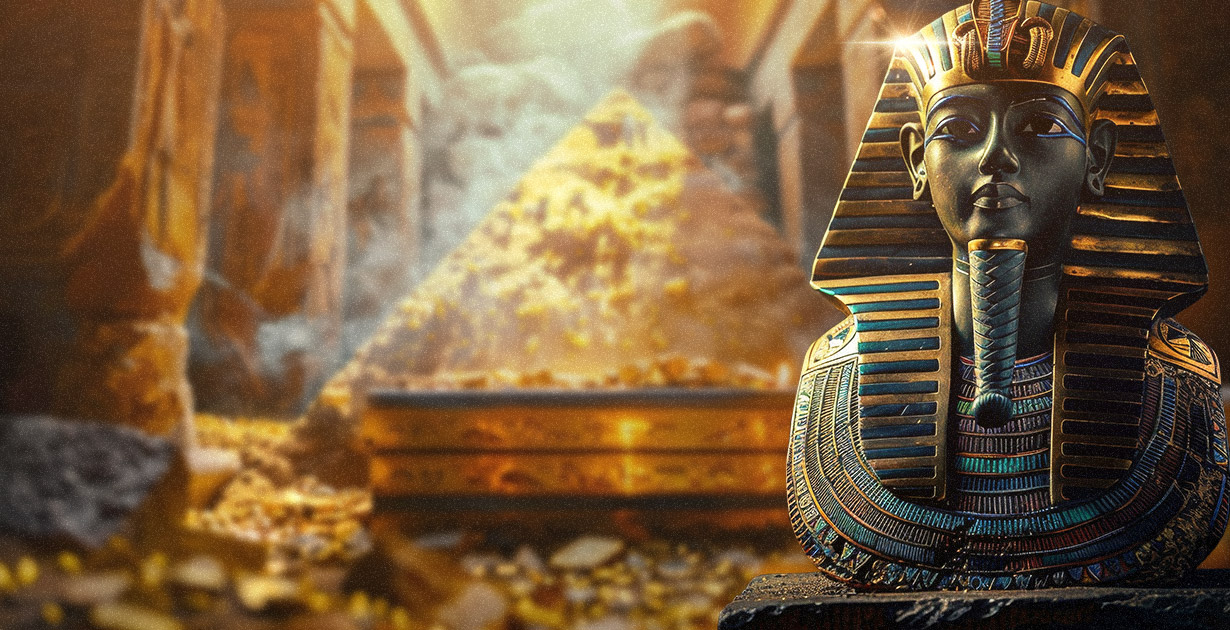
Golden treasures in the tombs of the pharaohs
Average reading time — 4 minutes
Do you like movies about mummies and Egyptian tombs? In them, brave adventurers fight the forces of evil, and the fate of the world depends on magical amulets.
In life, of course, everything is much more prosaic. Nevertheless, archaeologists really do manage to find valuable artifacts in the tombs of the pharaohs.
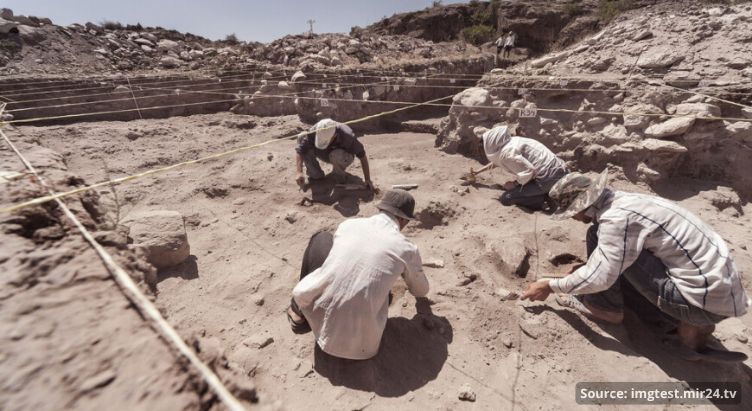
This year alone, 63 tombs were discovered in the Egyptian province of Damietta, in the Nile Delta, on the coast of the Mediterranean Sea. These burials date back to the reign of the pharaohs of the Dynasty XXVI, which is also called the Saite Dynasty or the last Egyptian dynasty. The reign of the Saites ended tragically: in 525 BC, Egypt was conquered by the Persians.
Of the artifacts found in the tombs, of particular interest is the gold foil with images of ancient Egyptian deities and symbols that, according to the beliefs of the time, brought good luck and protection in the afterlife. There are also gold amulets in the shape of tongues. It was believed that these amulets were supposed to help the deceased answer to Osiris at the afterlife trial.
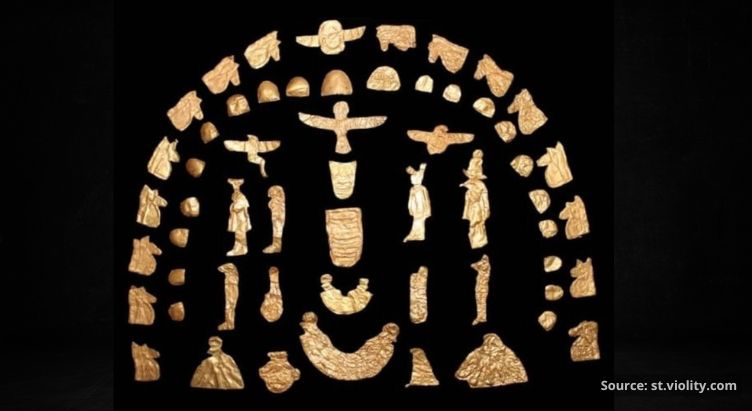
Photo caption: Gold finds from the tombs of the pharaohs of the Dynasty XXVI.
According to Egyptian beliefs, the spirits of the other world compare the soul of a deceased person with the feather of the goddess of justice Maat on scales. In order for the soul to continue its existence in eternity, it must be lighter than the feather. The Egyptians believed that during this ceremony, the subject should recite the so-called “confession of denial.” This is necessary to convince the 42 gods of the afterlife that the newcomer has not broken the commandment of any of them. Tradition dictated that it was extremely important to recite this confession by heart without mistakes or stumbling. This is precisely the task that gold amulets were supposed to help with.
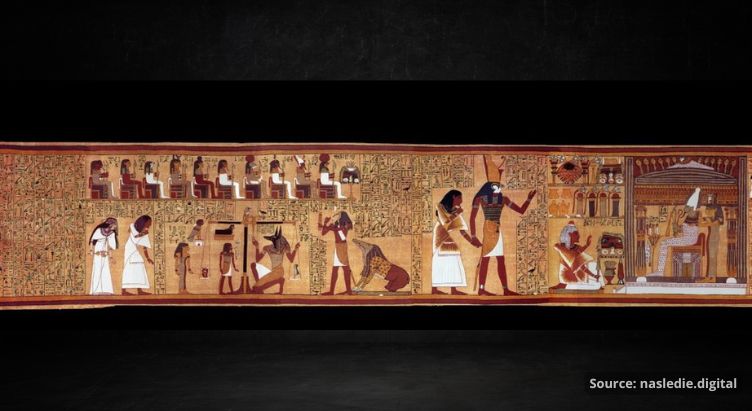
By the way, gold was one of the first metals known to the Egyptians. Only copper had been discovered before it. Egypt was rich in gold in the form of veins in quartz rocks and sands. The largest gold-bearing region was located between the Nile Valley and the Red Sea. Gold attracted the Egyptians with its mesmerizing yellow shine. Therefore, archaeologists found amulets and figurines made of this metal even in the most ancient —- pre-dynastic — burials.
The ancient method of processing gold ore was relatively simple. Gold-bearing sand was washed in running water, which carried away lighter materials, leaving only heavy gold particles. They were collected grain by grain and melted into small ingots. Sometimes prospectors came across small nuggets. Archaeologists managed to find two such nuggets in an archaic period tomb in El-Kab.
If gold was mined from rock, the rock was first split using fire. Then the fragments were crushed with hammers and ground in special mills. The resulting powder was washed with water on an inclined plane.
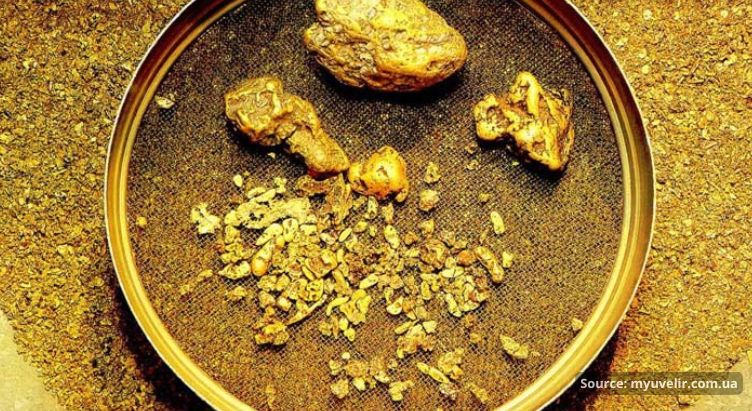
The ancient Egyptians knew such gold processing technologies as forging and casting. During forging, the metal heated to a soft state was given the desired shape with tools. During casting, the molten metal was poured into special forms and then cooled. Gold plates were decorated with reliefs and carvings, beaten with hammers until they turned into very thin gold foil, painted and polished.
The foil that jewelers in ancient Egypt knew how to make varied in thickness from 0.17 to 0.54 millimeters. It is amazing that people in ancient times could achieve such a level of skill, because these are really very thin sheets of gold! But, what is even more incredible, in our time it has become possible to make gold sheets just one atom thick! Read about it in our article: An atom-thick gold leaf: how is this possible?!

